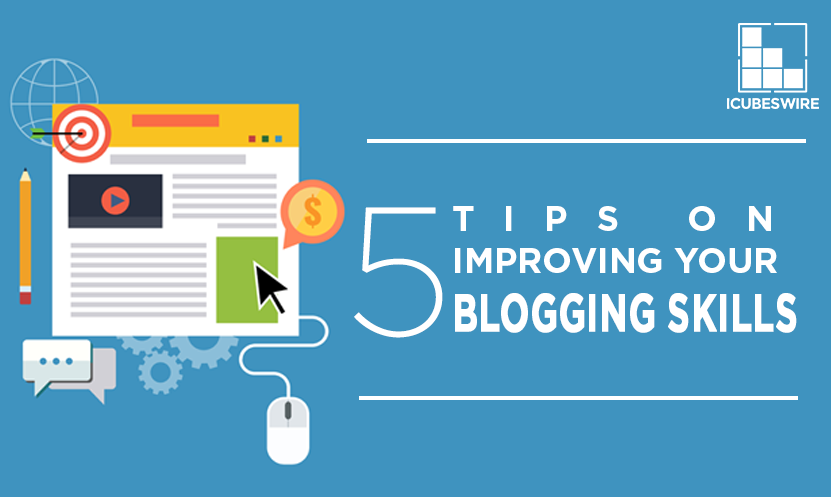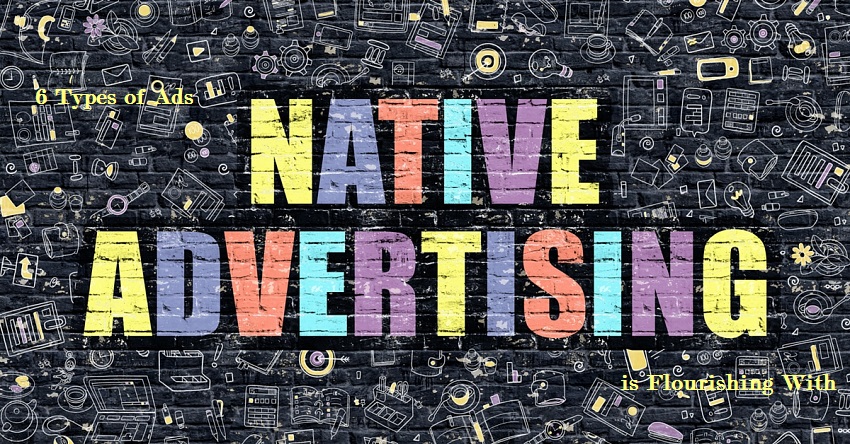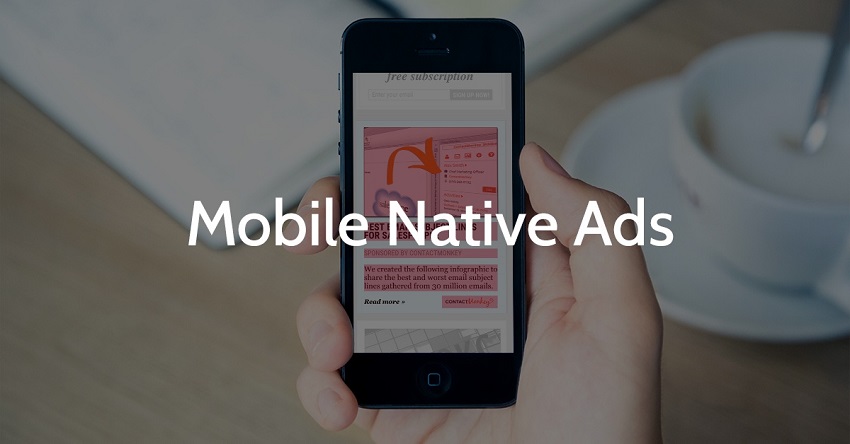5 Important Tips to Make Native Advertising Campaign Successful
Marketers are researching and developing new methods every time to promote their brand name and convince the prospects. The most convincing method wins the race in marketing. Native advertising holds such potential and a successful marketing campaign guarantees better ROI along with acquiring the customers who have more possibilities to return back.
Making a native advertising campaign successful requires a good knowledge about the promotional strategy. Advertisers are also heading to affiliate ad network in India to gather required knowledge and execute their native advertising campaigns. Here are 5 important tips to make native advertising campaign successful –
-
Live up to the expectations of your audience
The forte of Native advertising is that it is completely non-intrusive. So, advertisers should make sure that they live up to the expectations of the audience. The content should match the look and feel of the website on which it is being placed on. Headlines and images should be catchy enough to gain the attention of the user.
The most important thing is that the content should be relevant to the content the user is reading to increase the clicks and views of the page. You should also keep the nature of the platform in mind like there should be enough content with images on Buzzfeed and a straight message on Twitter with short-form content along with hash-tags.
-
Focus more on content than brand
Advertisers should make it a point that they should not focus on brand name for native advertising since ‘native’ means the priority should be matching the original look and feel of the website. So, the content should look like a piece of information instead of promoting a brand name.
The content can also contain limitations and flaws of the product or service while giving the intimidation that research and development team of the brand is working on it.
-
Carefully choose disclosing words
This has been a point of discussion and disharmony about placing and choosing the disclosing words. Some users feel cheated after knowing that the content is sponsored but still some advertisers feel it is better to keep transparency. However, many users are not familiar with anything like sponsored content.
Marketers know that it is necessary to disclose to the user that content is paid for both the reasons to maintain the legitimacy as well as to keep the trust of the people. Therefore, it puts the marketers and advertisers in a dilemma whether to disclose or not.
-
Deeply study Native Advertising format options
There are total 6 types of native advertising known today which are being used by advertisers to increase traffic on their websites as well as the numbers of conversions. These are In-feed units, Paid search units, Recommendation widgets, Promoted listings, In-ad with native element units, and Custom ad units. All these types have been discussed in our previous blog in detail. Marketers should understand both their nature and use well before planning a native advertising campaign.
-
Research well on tracking platform
Once you have successfully got the native advertising campaign live, it’s time to gauge the results. For that, you need a tracking platform which should be robust enough to provide the precise information. Advertisers should enquire that how the platform tracks clicks and views, how the number matches Google Analytics data, and how they confirm the accuracy of the data etc. Some advertisers have noticed discrepancies in tracking.
Take Away:
It is very important for an advertiser to research well before executing a native advertising campaign. There should be no flaw in choosing the type, tracking platform, and disclosing words. The content should also abide by the guidelines since it is the primary requirement of native advertising. To ensure the success of native advertising campaign, advertisers are contacting the best publisher network in India and making the most of this thriving promotional activity.



